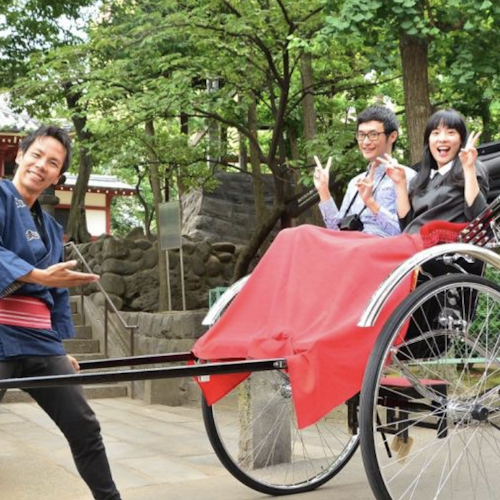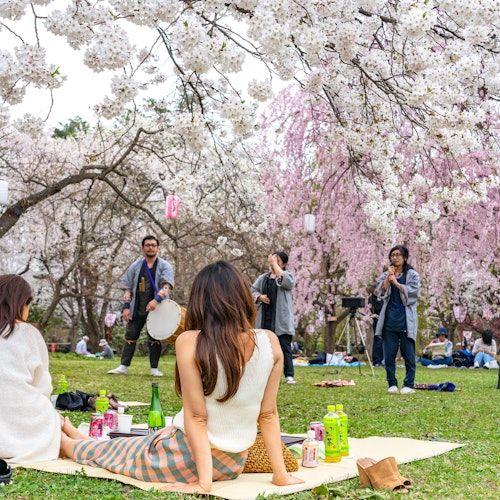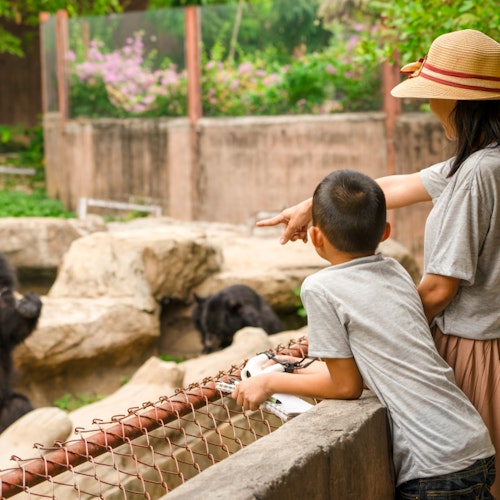
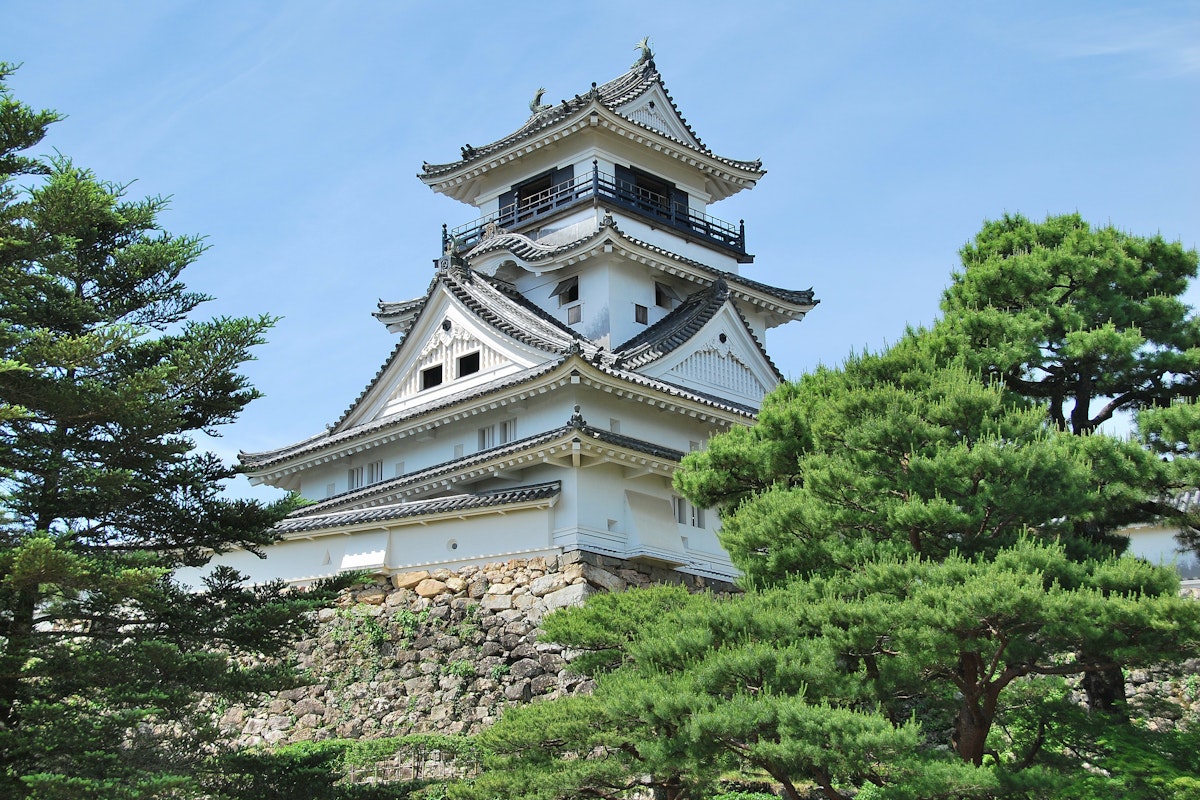
Kochi Castle, known as 高知 城 (Kōchi-jō), is a key historical landmark in Kochi City. With its original buildings and unique features, it stands out among Japan’s castles. Here’s what you need to know about this well-preserved fortress.
Kochi Castle, known in Japanese as 高知 城 (Kōchi-jō), has a history dating back to the early 1600s during the Edo period. It was constructed by the Yamauchi lords of Tosa Province and served both as a residence and a fortress. Unlike many other Japanese castles, which suffered damage from wars, fires, and other catastrophes, Kochi Castle has remarkably preserved its original buildings. This fact makes it a rare and valuable piece of Japan's heritage.
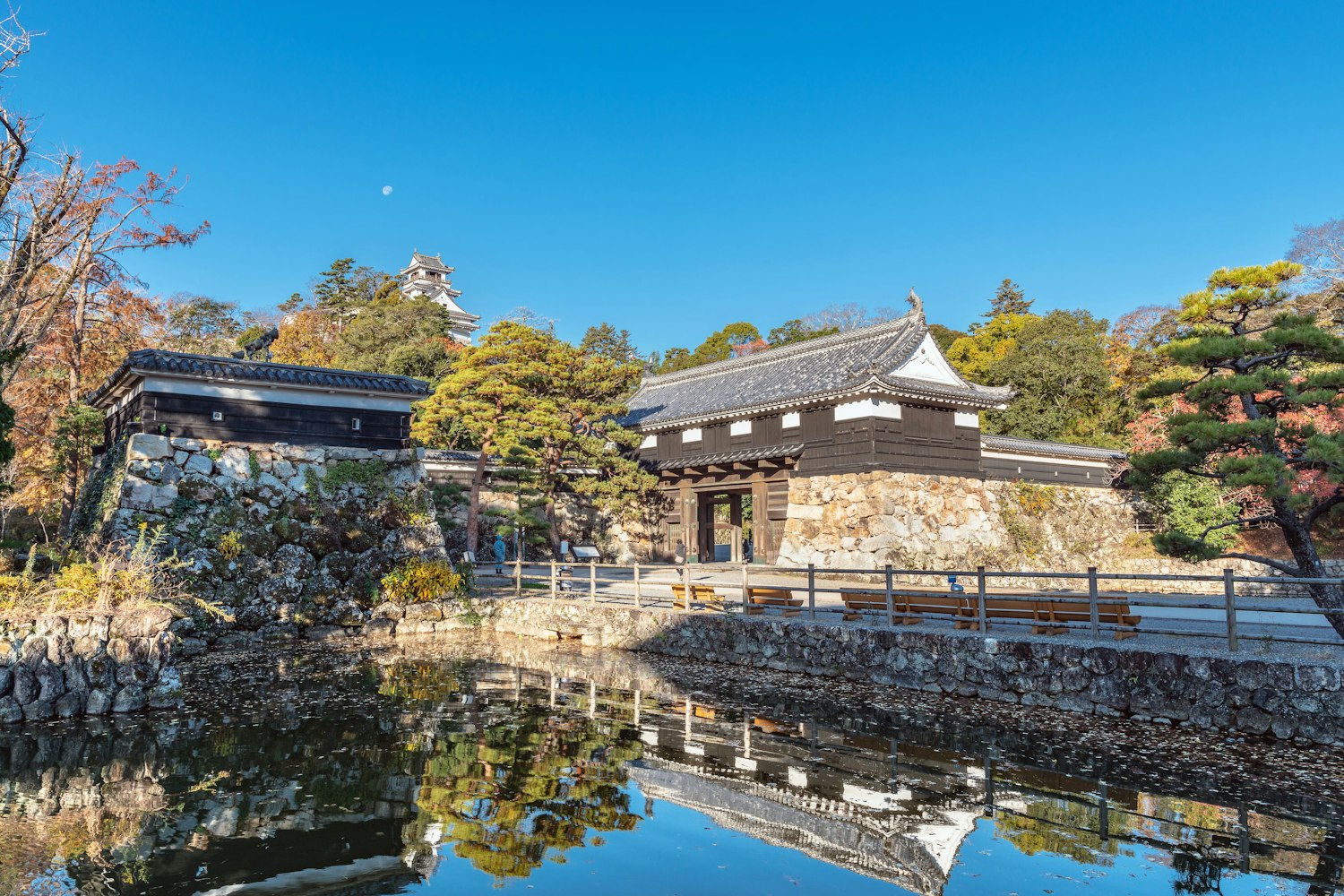
The castle is also known as Urado Castle, a name derived from the area's historical title. The location on a hill provided a strategic advantage, helping protect against possible attacks while offering a commanding view of the surrounding region.
Kochi Castle is an excellent example of a traditional Japanese fortress. The grounds are home to numerous structures, including the main tower, gates, and various palace buildings. Most of these date back to the early Edo period, making Kochi Castle one of the few castles in Japan that retains so many of its original buildings.
The main gate, known as Otemon Gate, and Tsumemon Gate are among the key entrances to the inner areas. These gates were designed to prevent enemy invasions and were reinforced with iron spikes.

Stone walls encircle the grounds, adding to the castle's defensive features. The castle's wooden interior maintains its historical appearance, with beams, floors, and fixtures that have stood the test of time.
A notable feature of Kochi Castle is that it houses all the buildings within its grounds. This includes separate palace buildings that were used by the lords and their retainers. The innermost ring of the castle contains beautiful gardens, adding to the overall charm of the area.
The main tower, or "castle keep," stands tall at the heart of the grounds. It serves as a lookout point, offering visitors stunning views of the surrounding city and the coastline. This tower has multiple floors, each telling part of the castle's story.
One of the most fascinating aspects of Kochi Castle is that the tower's top floor offers a nice view, allowing visitors to appreciate the castle's location. The structure still holds the style and design from its original construction, including the steep roofs and wooden panels.
Many other castles across Japan have rebuilt their towers using concrete and modern materials. In contrast, Kochi Castle's tower retains its wooden design, making it a unique example of traditional castle architecture.
Kochi Castle is not just a historical building; it also serves as a museum that houses local treasures and important cultural properties. The castle museum displays a variety of historical objects related to the Tokugawa shogunate and the Yamauchi lords who once ruled the region. These include armor, swords, and everyday items used by the castle's residents.
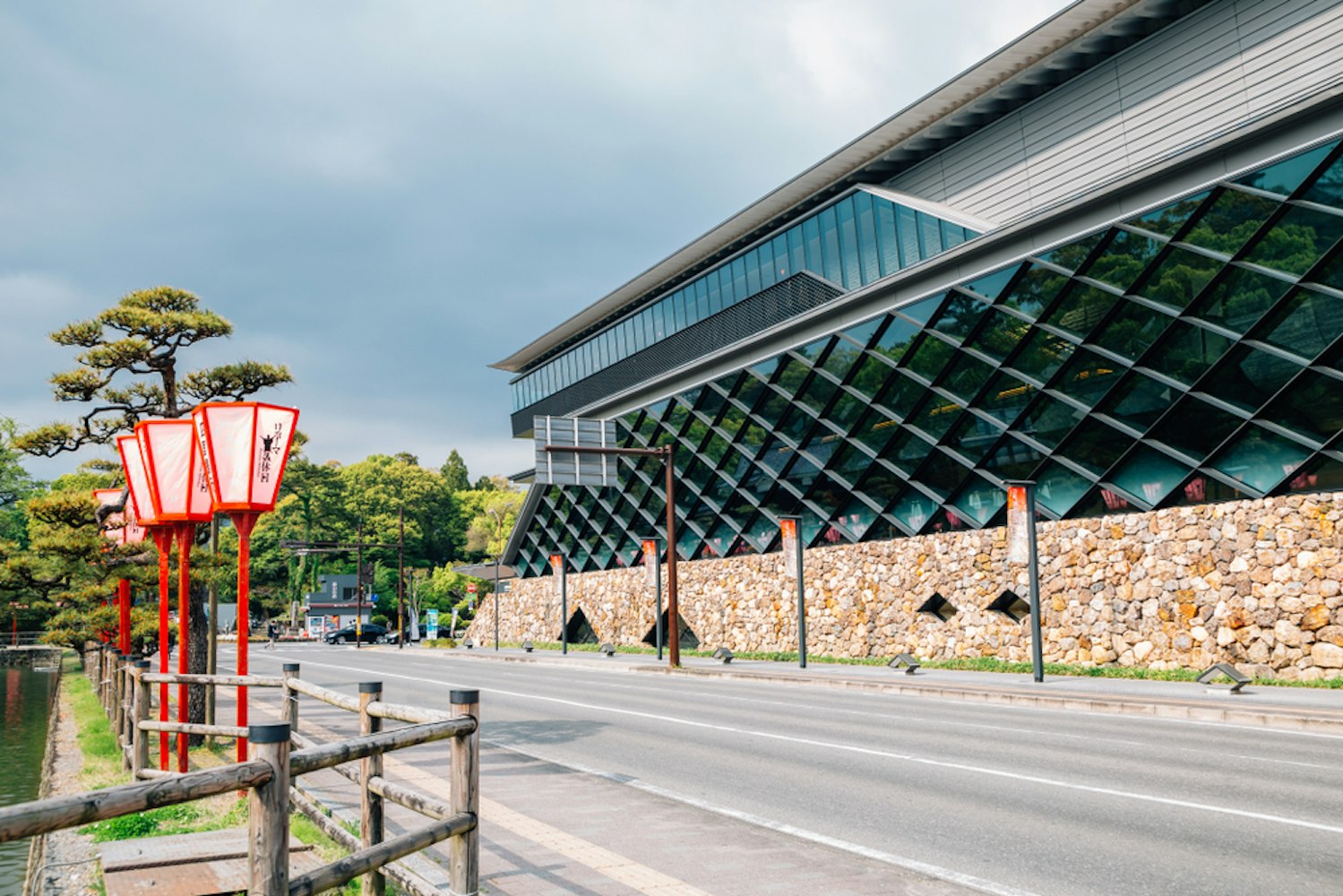
One of the displays is dedicated to the castle's wooden interior, providing insight into how these structures were constructed without modern technology. The museum also contains information on the castle's role in the history of Kochi Prefecture and the surrounding region. The artifacts give visitors a deeper understanding of life during the Edo period.
Kochi Castle is located in the center of Kochi City, making it a convenient destination for visitors. The castle is a short walk from JR Kochi Station, which is a central transportation hub. The castle's exact address is 2-1 Marunouchi, Kochi. For those using public transport, the Kochijo Mae tram stop is the nearest tram station.
The walk to the castle is an experience in itself, passing through the lively streets of Kochi City. Along the way, visitors can also explore other local attractions, such as Hirome Market and Harimaya Bridge.
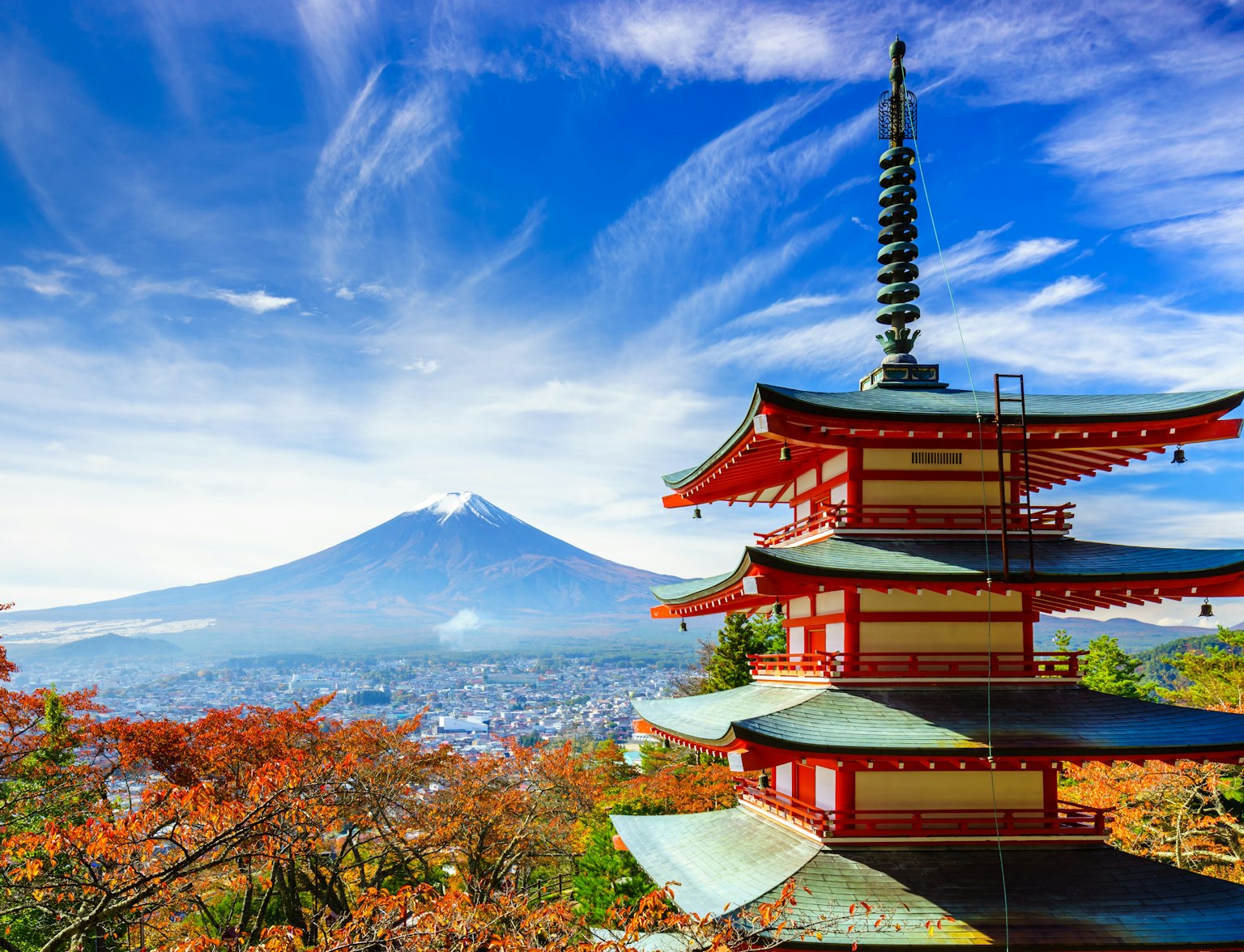
Discover Japan without limits with our all-access JR Pass!
Unlike most other castles in Japan, Kochi Castle has preserved many of its original wooden structures. While some parts have been repaired over the centuries, the main buildings maintain their historical appearance. This authenticity is a key reason why Kochi Castle is highly regarded among Japanese castles.
The castle's stone walls and gates were designed to protect the inner buildings. The Otemon Gate, with its iron spikes, served as the primary entrance to the castle, allowing the lords to control access. Meanwhile, the Tsumemon Gate was used as a secondary entrance, adding another layer of security.

Visitors can explore the castle's wooden interior, which includes the main tower's multiple floors. Each floor offers something different to see, from historical artifacts to lookout points with stunning views. The top floor, in particular, provides an excellent view of the city and coastline, making the climb worthwhile.
